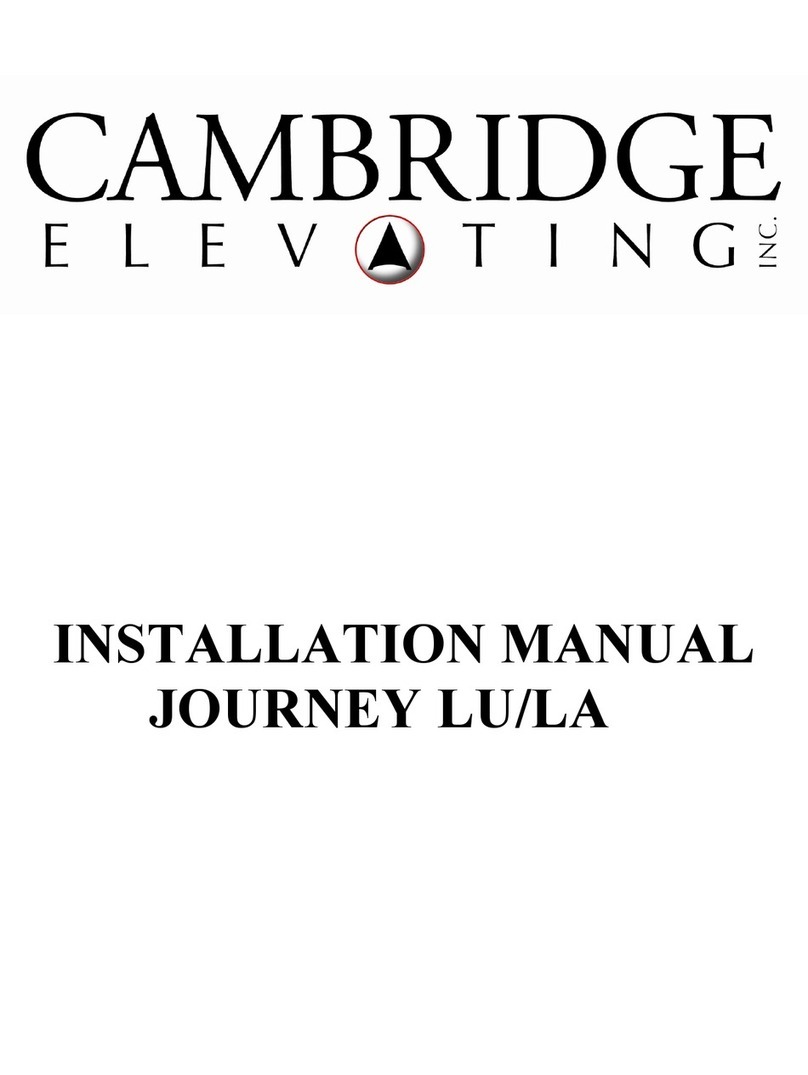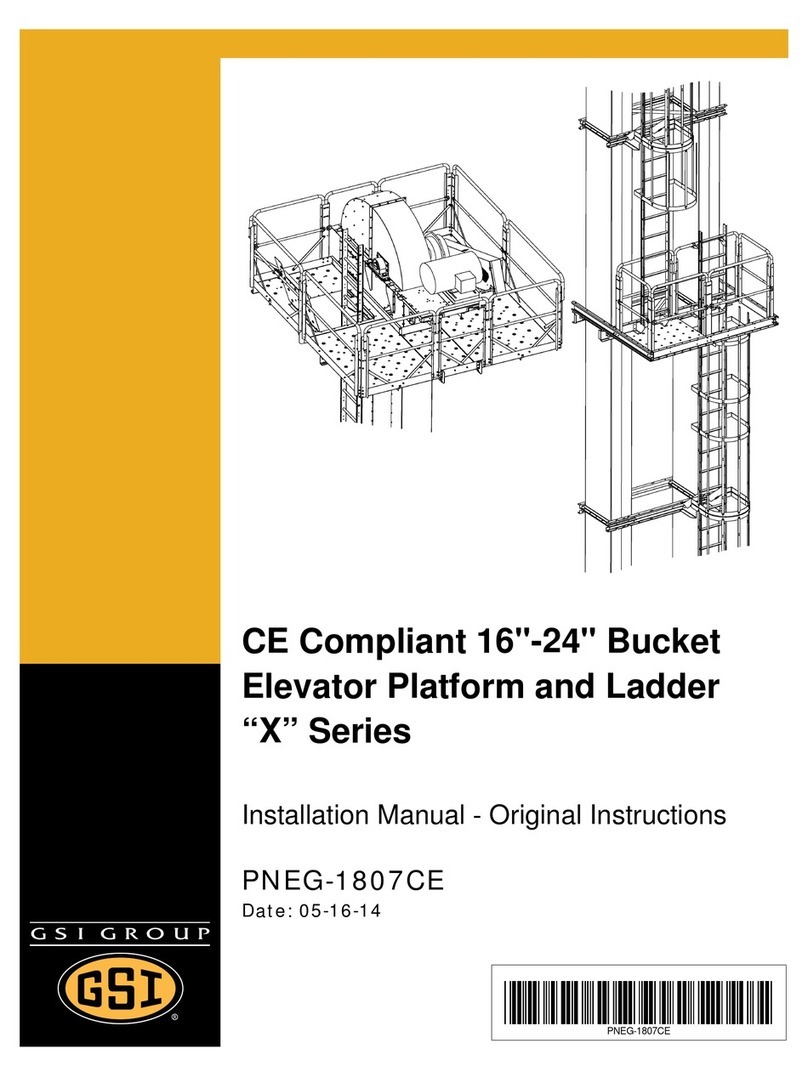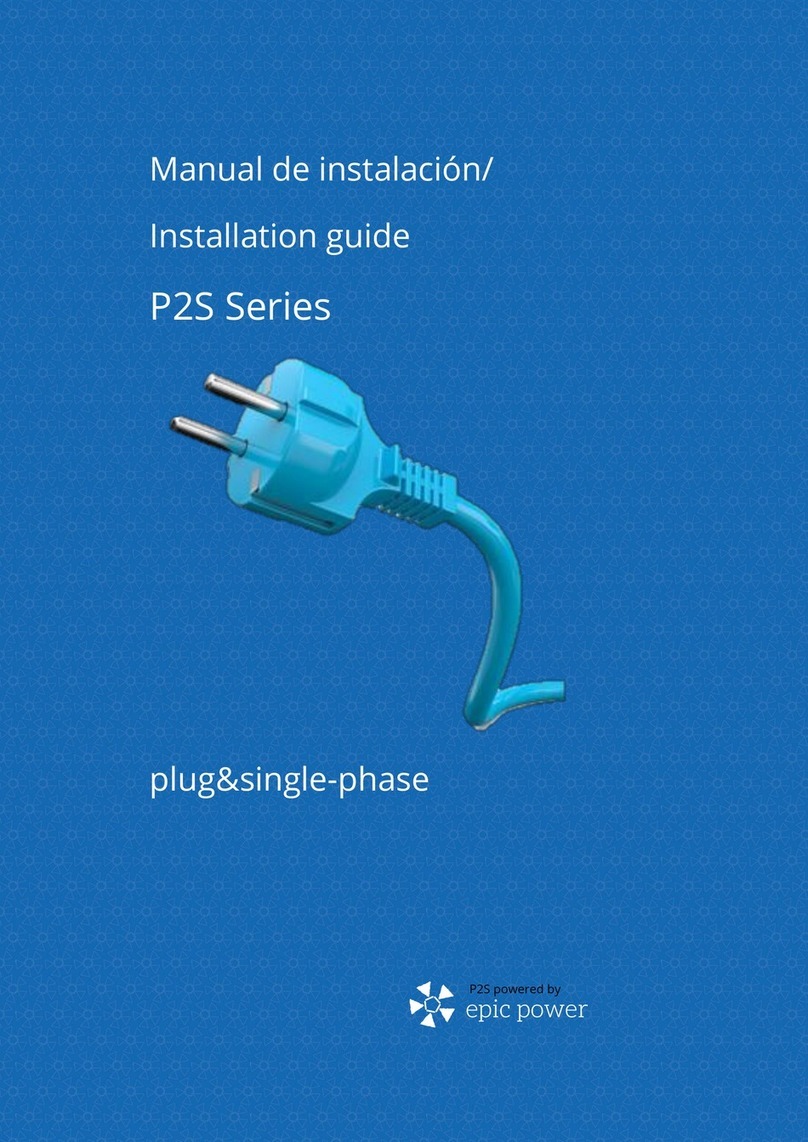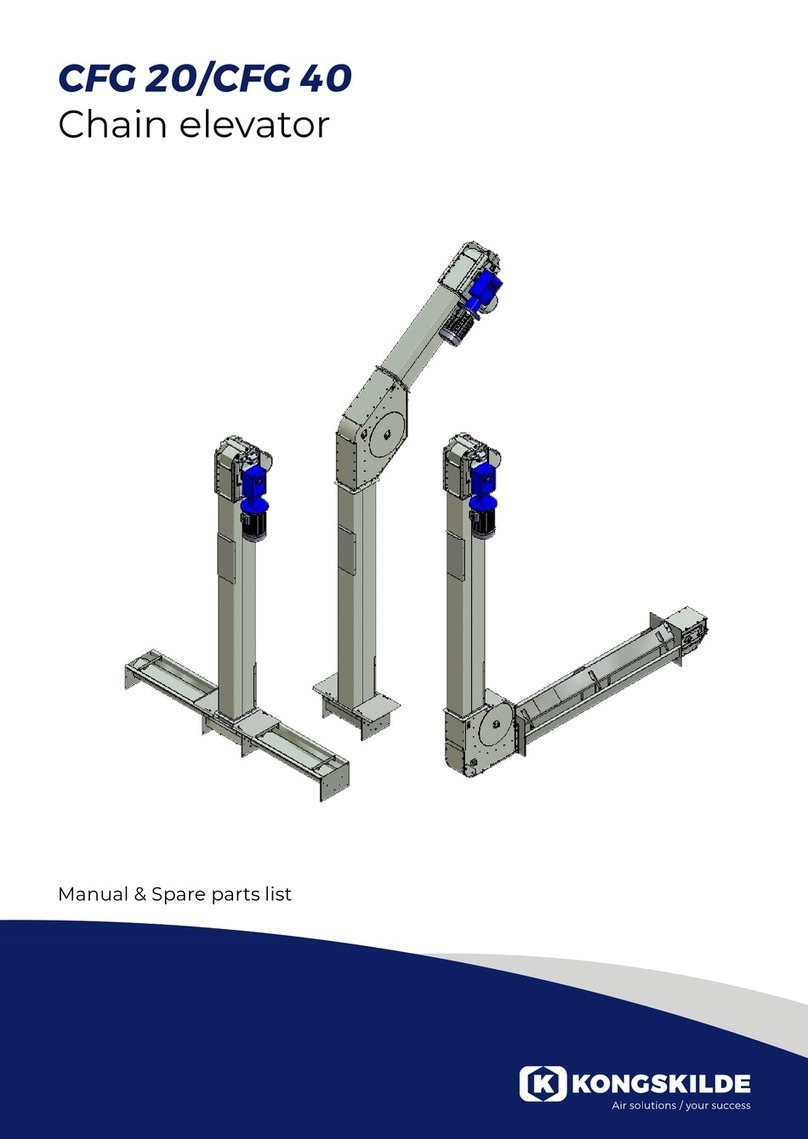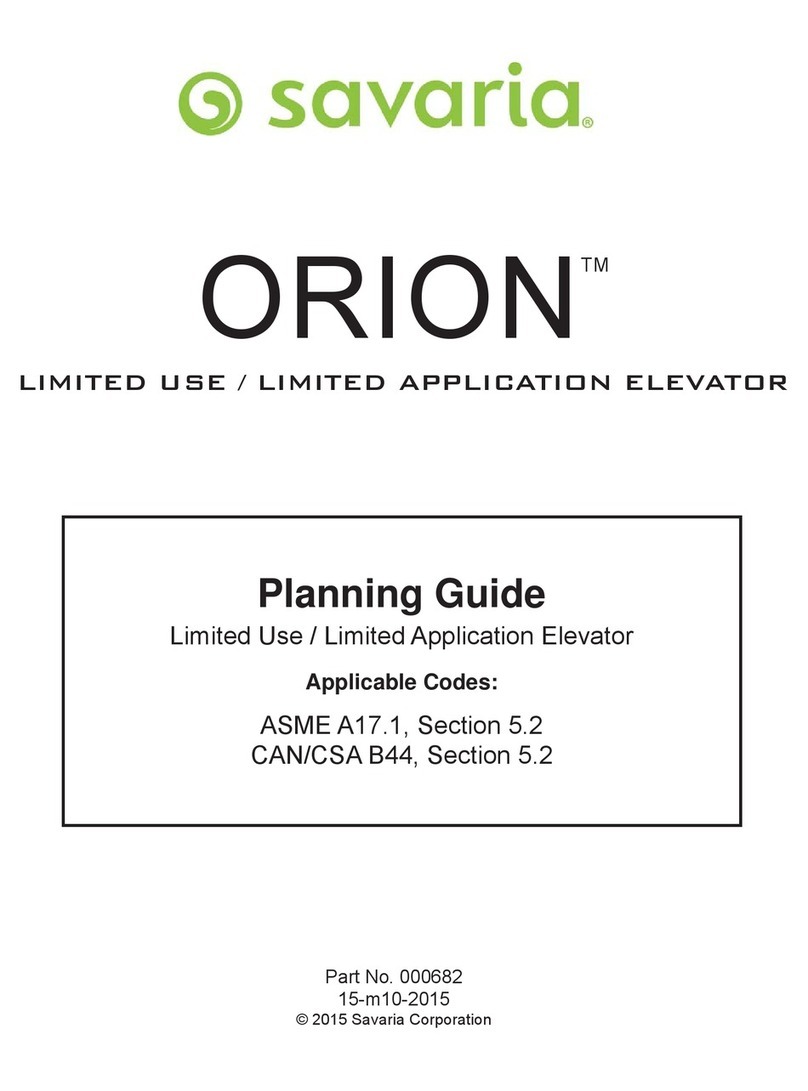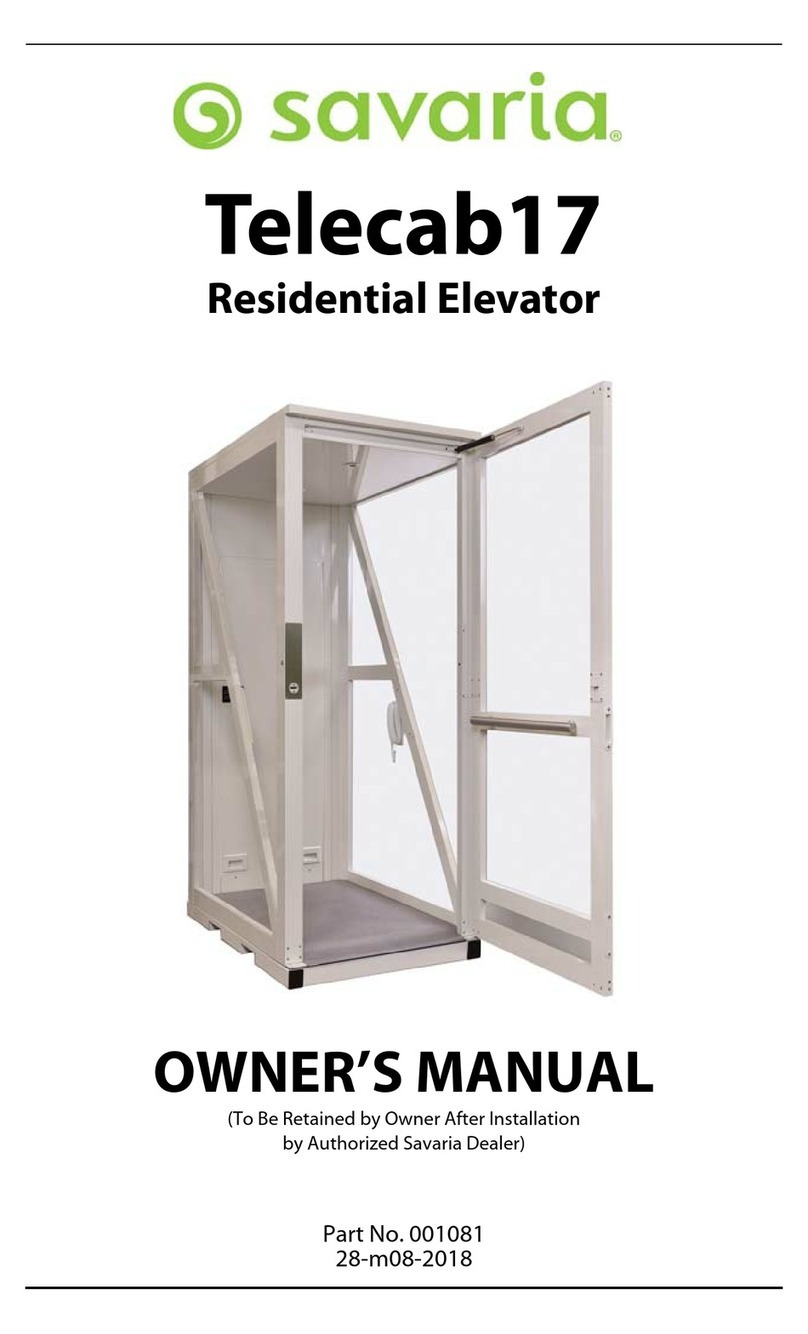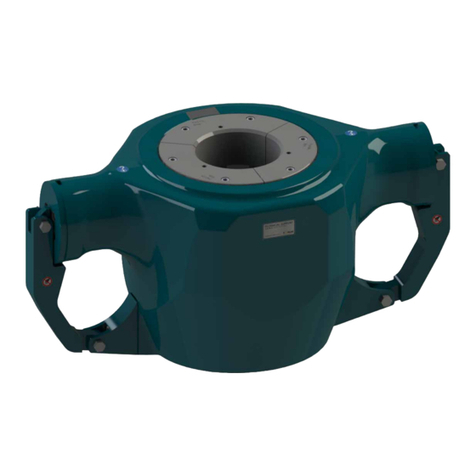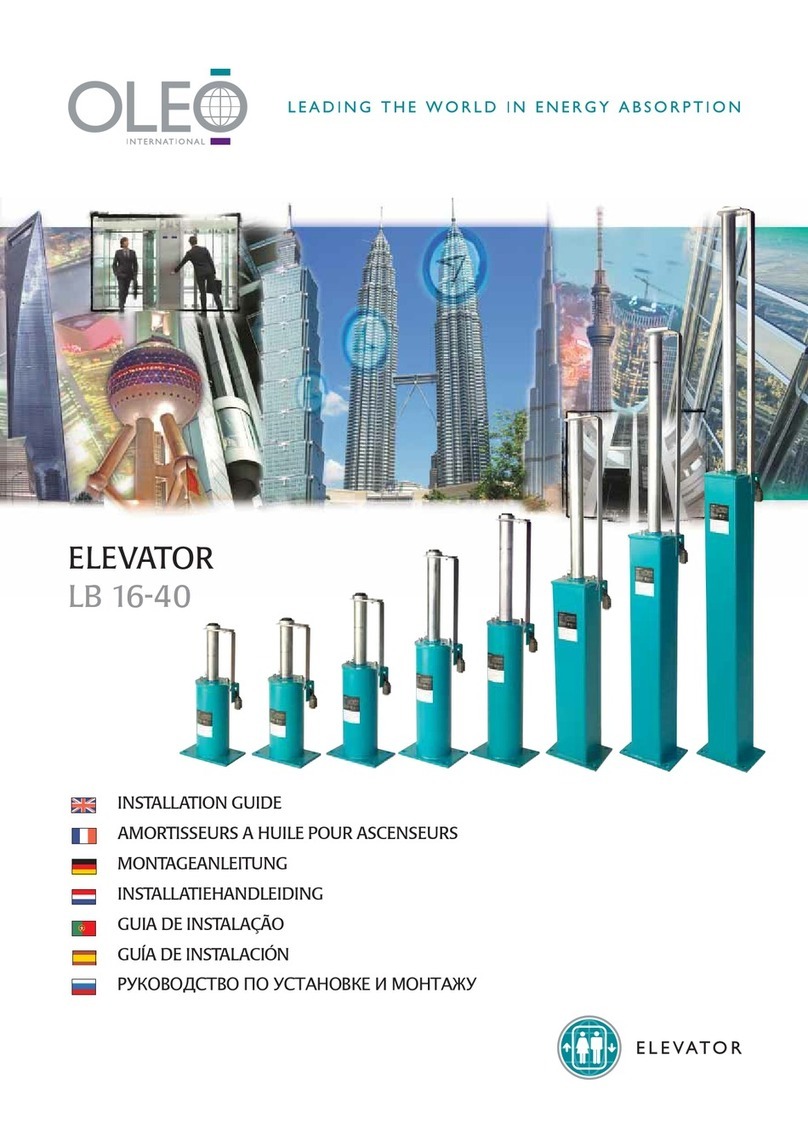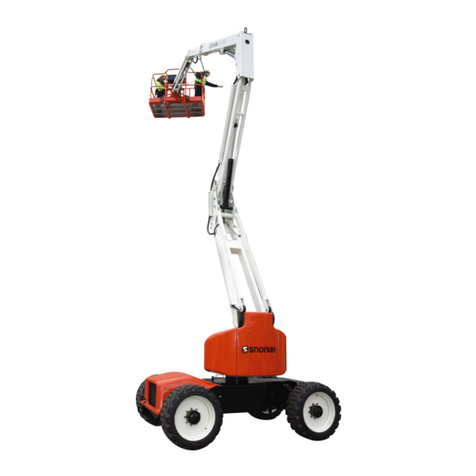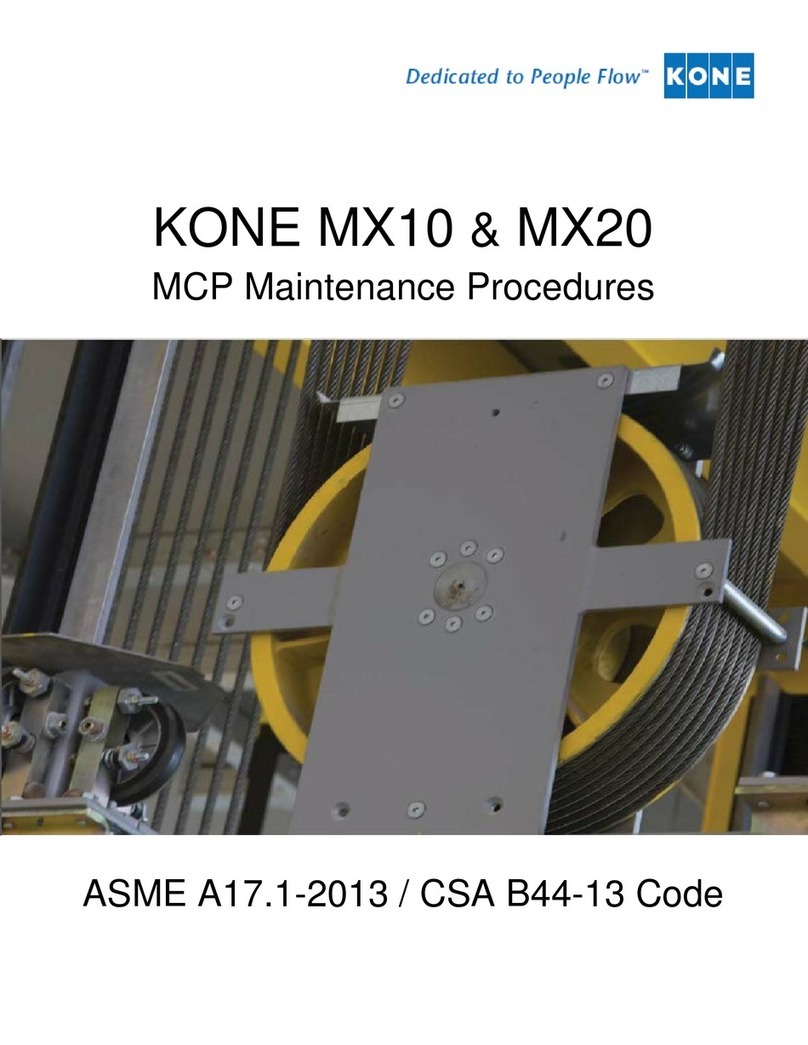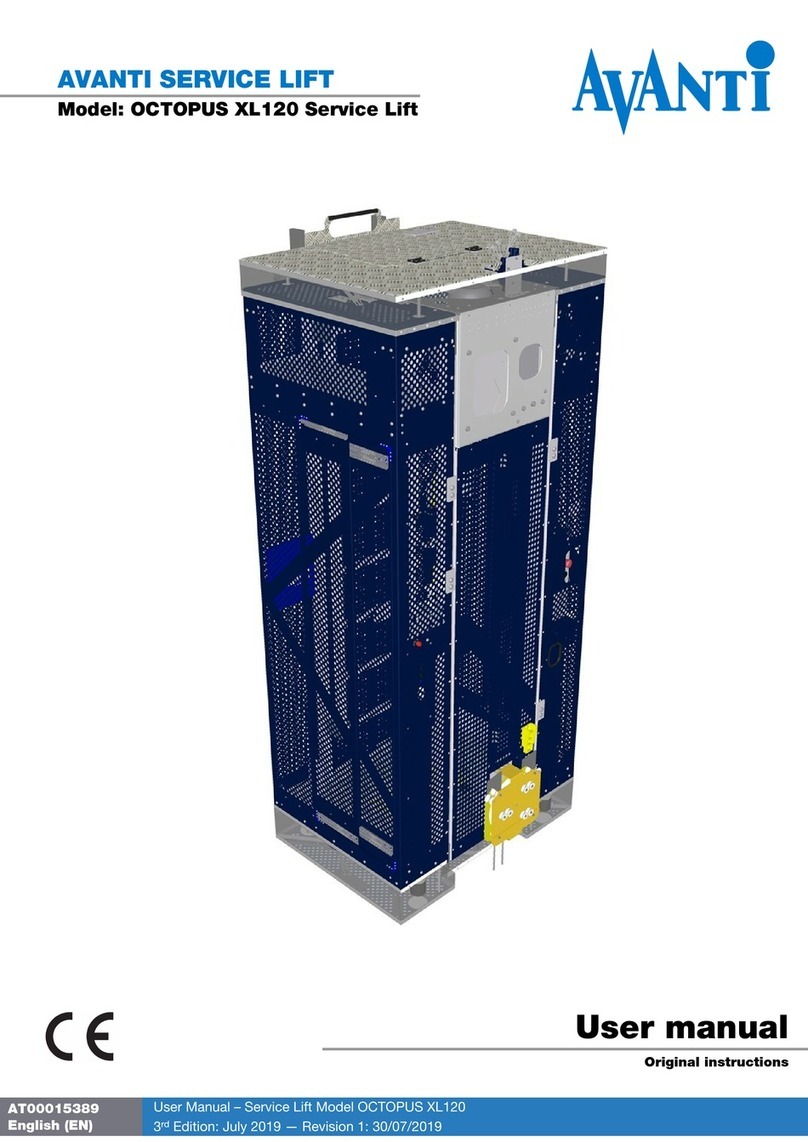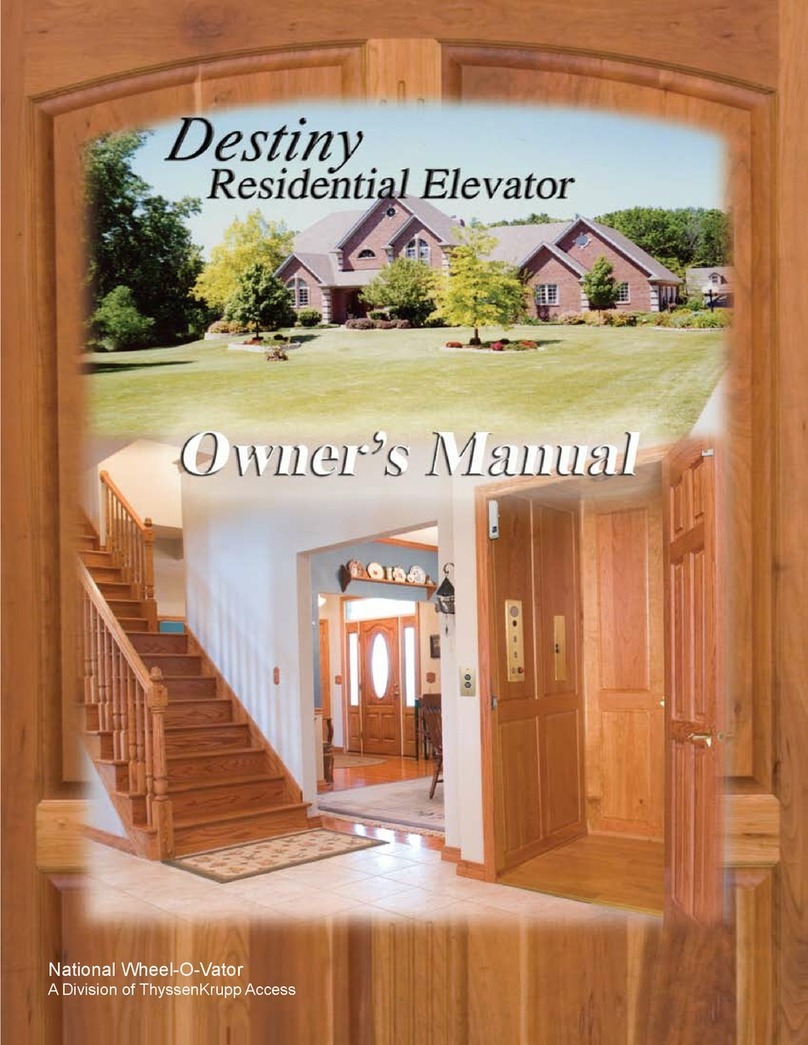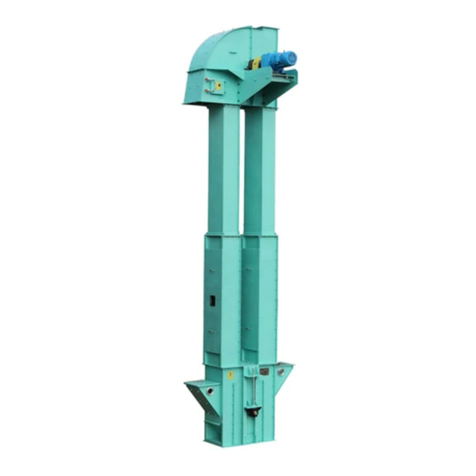4
Cab door...................................................................... 45
Cab window................................................................. 45
Rear window................................................................ 45
Ceiling lights ................................................................ 46
Emergency exit............................................................ 46
Seat.............................................................................. 46
Seat belts..................................................................... 47
Steering column .......................................................... 48
Safety keys container .................................................. 48
Air vents ...................................................................... 48
Vehicle radio................................................................ 48
Electric cigarette lighter / dual USB socket ................. 49
USB socket................................................................... 49
220V socket in cab (optional)...................................... 49
CONTROLS..............................................................50
Ignition switch ............................................................. 50
Emergency stop button............................................... 50
Pedals .......................................................................... 50
Transmission selector.................................................. 50
Lights/windscreen wiper selector for RTH 4.18 models
..................................................................................... 51
Horn............................................................................. 51
Windscreen wipers...................................................... 51
Parking brake............................................................... 51
Emergency lights ......................................................... 52
Lights/windscreen wiper selector for RTH
5.18/21/23/25, RTH 6.21/23/25 models. 52
Horn............................................................................. 52
Windscreen wipers...................................................... 52
Parking brake............................................................... 53
Emergency lights ......................................................... 53
Work lights .................................................................. 53
Travelling speed .......................................................... 53
Steering modes............................................................ 54
Joystick ........................................................................ 54
Levelling on wheels ..................................................... 55
Control of the stabilisers ............................................. 56
Activation of the emergency hydraulic circuit ............ 57
Exclusion of the safety systems................................... 57
Boom movements limits ............................................. 58
Hydraulic movements speed....................................... 58
RADIO CONTROLS (OPTIONAL) ..............................59
General information.................................................... 59
BEFORE STARTING THE ENGINE.............................60
Visual inspection ......................................................... 60
Climbing on to or climbing down from the vehicle ..... 60
Driver's seat................................................................. 60
STARTING THE ENGINE...........................................61
Start-up in normal conditions ..................................... 61
Start-up in extreme climates....................................... 61
Start-up using jumper cables....................................... 61
After start up ............................................................... 62
Releasing the parking brake ........................................ 62
Automatic parking brake............................................. 62
Driving the vehicle....................................................... 65
OPERATING TECHNIQUES.......................................66
Telescopic boom extension synchronisation............... 66
Installing the accessory ............................................... 66
Dismantling the accessory........................................... 67
List of compatible accessories ..................................... 68
Handling of loads......................................................... 68
Picking up and placing a suspended load...................... 70
Moving the centre of gravity ....................................... 70
Visibility ....................................................................... 71
Traversing over sloping ground................................... 71
Climatic conditions of use ........................................... 72
Adverse climatic conditions......................................... 72
Mechanical blocking of the turret ............................... 73
Hydraulic blocking of turret rotation (optional).......... 73
PARKING THE VEHICLE............................................74
Parking position........................................................... 74
Stopping the vehicle.................................................... 74
Leaving the vehicle ...................................................... 74
INFORMATION REGARDING TRANSPORT...............75
Shipping the vehicle .................................................... 75
Travelling by road with the vehicle ............................. 75
Lifting and anchoring the vehicle ................................ 75
Towing the vehicle....................................................... 76
MAINTENANCE......................................................... 79
General information ...............................................79
Tightening torques ...................................................... 79
Tyres .......................................................................80
Standard inflation pressures ....................................... 80
Inflation with air .......................................................... 80
Inflation with nitrogen................................................. 80
Washing ..................................................................82
Fuseboxes ...............................................................83
Liquids and lubricants.............................................92
Spares for routine maintenance.................................. 93
MAINTENANCE SCHEDULE......................................94
MAINTENANCE OPERATIONS .................................95
Transmission shaft....................................................... 95
Axles ............................................................................ 95
Telescopic boom chains............................................... 95
Transmission belt ........................................................ 97
Engine oil ..................................................................... 97
Checking the engine oil level....................................... 98
Changing the engine oil............................................... 98
Replacing the lubrication oil cartridge ........................ 98
Fuel prefilter................................................................ 98
Fuel filter ..................................................................... 99
Bleed the fuel supply system....................................... 99
AdBlue filter................................................................. 99
Coolant ...................................................................... 100
Differentials oil .......................................................... 101
Hydraulic fluid ........................................................... 101
Hydraulic fluid filter................................................... 102


